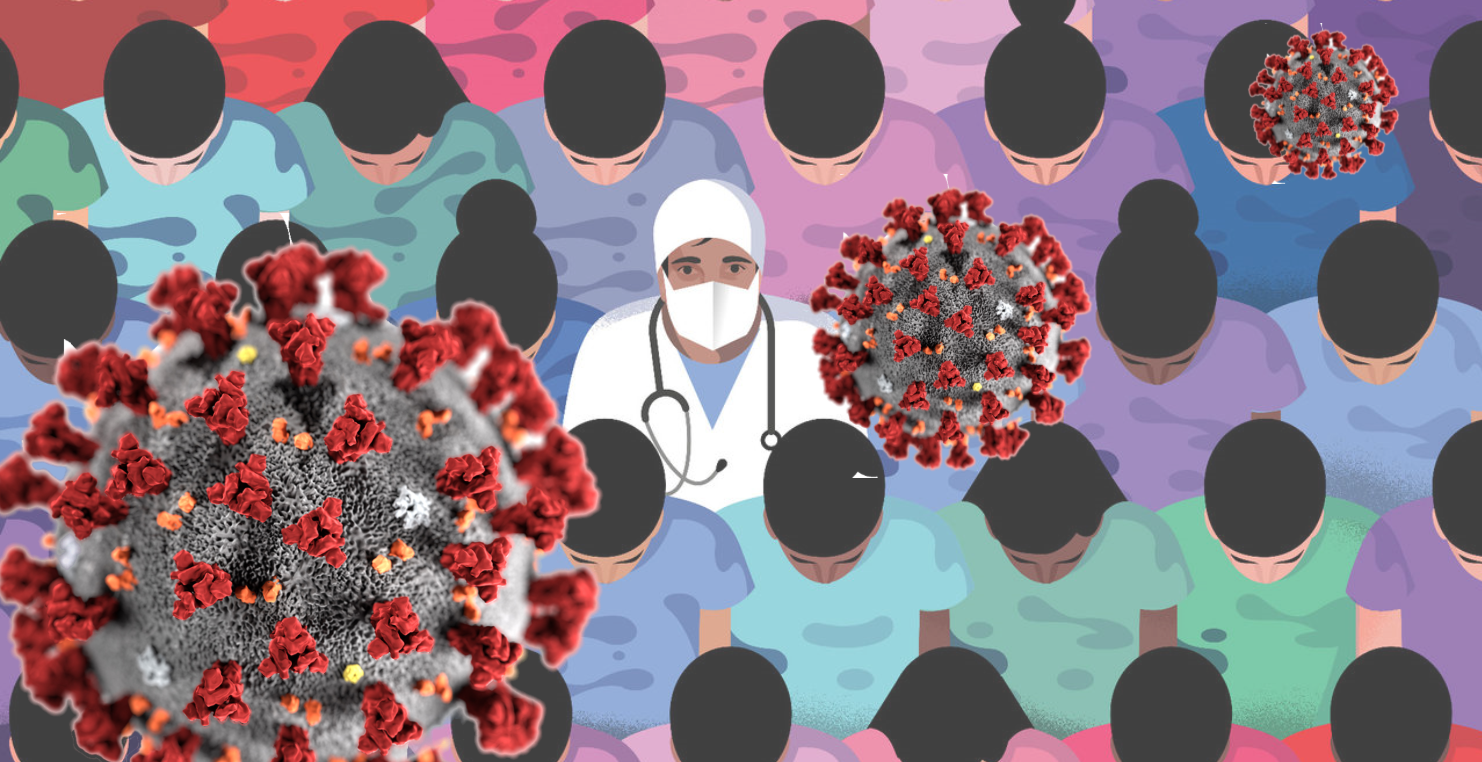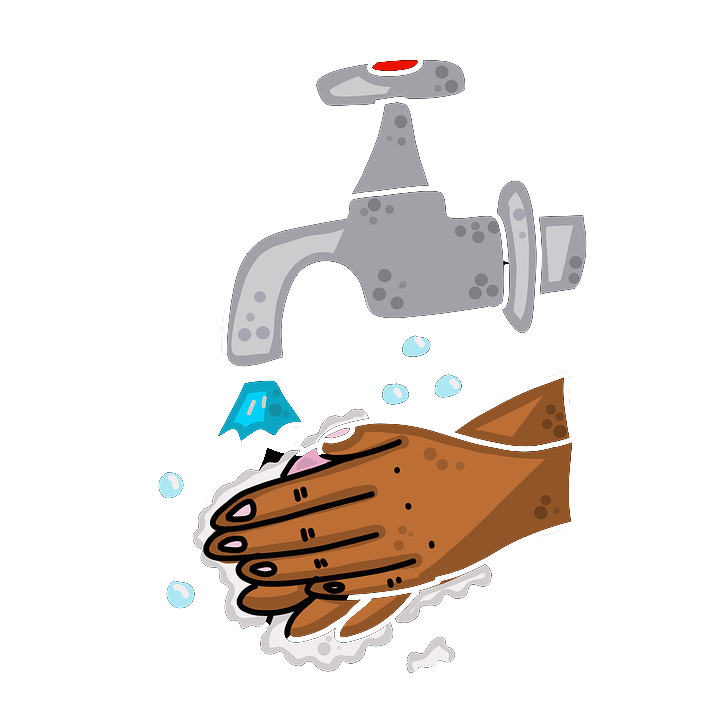How IP Camera Systems and Door Access Help With Infectious Disease Control

The current health crisis has placed a significant strain on all hospital resources. Besides the problem of medical supplies and protective equipment, they have been struggling with finding rooms for all the new infectious patients. The hospitals have been creating inventive solutions to meet these challenges.
IP surveillance, intercoms, and door access control have been used to control how people move through all areas of hospitals. This article describes how technology is being used to help hospitals and other healthcare organizations meet the challenges of the COVID-19 pandemic.
IP Camera Systems and Infectious Disease Control
IP camera systems have been used all over the hospital to monitor the activities of staff and visitors. The current pandemic has increased the use of cameras. They are used to monitor the hallways, patient rooms, common areas, and even the hospital washing facilities.
One of the new challenges caused by the increase in patients is to provide the right rooms for all infectious patients. Typically these patients are located in isolation rooms designed to reduce the spread of the disease. These rooms provide negative air pressure that limits the flow of air out of the room. Since most of these containment rooms have been filled, the overflow has to be placed in standard rooms. The doors of these rooms are kept closed, and entry is limited. The challenge is to monitor the patients and still keep the virus contained.
IP camera systems have been added to the rooms where contagion can be a problem. The cameras are used by healthcare workers to monitor patients without having to visit their rooms. By using a video management system, the nurse can monitor many rooms. The IP camera system limits the number of times the door needs to be opened.
IP Intercom systems have been integrated with the IP camera systems to provide audio communication with the staff or patient in the room. This allows the nursing staff to view the person in the room and talk to them at the same time.

The International Society for Infectious Diseases, in their article, Guide to Infection Controls in the Healthcare Setting, said that “Hand hygiene is a core infection prevention strategy that is simple to perform, yet healthcare worker compliance is often low. Studies have estimated a wide range of compliance, with an average of roughly 40% according to World Health Organization (WHO) analysis.”
“Monitoring and feedback is essential to improve compliance. Traditional monitoring has been direct observation, but this strategy is limited by high resource requirements, low number of observations, and the Hawthorne Effect.” The Hawthorne effect occurs when people behave differently because they know they are being watched.
Surveillance cameras have also been used to prevent anyone from hoarding or stealing the PPE (Personal Protective Equipment) at the hospital.
Door Access Systems Control Movement Through the Hospital

There is always a lot of movement through the hospital. The medical staff, patients, and visitors enter the hospital and may need to go to the emergency room, X-ray, or other services located in other parts of the hospital. Various people must also be able to reach the shared facilities such as diagnostic laboratories, lab testing, imaging, etc.
Because of the increase in patients with contagious diseases, door access control has increased in the hospital. Door access control systems regulate the movement of people. The access control management software allows the hospital to define the time and place the medical staff can enter a protected area. The use of facial recognition and mobile credentials that use the person’s smartphone has provided more sanitary access control.
There is some new technology that is expected to be available soon. The TVIP-MultiBio reader is a multipurpose access control reader that provides more than facial or palm biometric entry control. It also includes the detection of a person’s body temperature and if they are wearing a protective mask. The reader can prevent people with elevated temperature or no mask from entering a secure area.
Establishing High Containment Areas
Different areas of the hospital can be designated as high containment areas. The combination of IP surveillance systems, door access control, and intercoms can be used to monitor and control these areas.
For example, it may be necessary to control the entry of people into secure areas. IP Intercoms with cameras can be used to allow manual override permitting certain people to enter laboratories, microscopic viewing stations, imaging areas, and other testing areas.
Access Control of Drug Closets
Drug losses and theft from the healthcare system are accelerating; hospitals are looking for the best way to add safeguards that prevent drug diversion. The non-medical use of opioids is one of the areas that require control. To prevent the transfer of drugs from lawful to unlawful channels, hospitals, and other health organizations have added access control to their drug closets.
For example, health organizations have added small electric locks and readers to their drug cabinets and closets. These cabinet locks are part of a complete door access control system that is used to control access throughout the hospital.
Hospitals and Technology Summary
The pandemic of 2020 has placed a strain on hospitals. Technology has been used to help make hospitals safer and reduce contagion. IP cameras provide increased surveillance of patients in hospitals, ambulatory clinics, day surgery centers, long term care facilities, and rehabilitation centers. The access control systems control traffic through the health care facility and control entry into secure areas. The IP intercoms have made the nursing staff more efficient and reduced contact with infectious patients.
For help selecting the right IP security systems, please contact us at 800-431-1658 in the USA, or at 914-944-3425 everywhere else, or use our contact form.